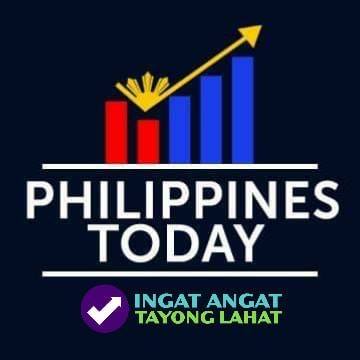Independence Day in the digital age: When patriotism is reduced to a hashtag
Every June 12, the Philippines marks its Independence Day—but let’s be honest, for many, it’s less about history and more about holiday plans. It’s a day off, a beach trip, or a quick post with a waving flag emoji, a catchy caption, and the obligatory hashtag: #HappyIndependenceDay.
And just like that, a moment once defined by revolution and resolve gets neatly packed into a post.
Compare that to how it all started—June 12, 1898. Our ancestors stood on balconies and battlefields, declaring freedom from centuries of Spanish rule. Independence wasn’t symbolic back then; it was the hard-earned outcome of struggle, bloodshed, and belief in a future they were still uncertain of. Celebrations in those early years were about remembering—honoring real people, real sacrifices, and a collective fight for self-determination.
Fast forward to today, and it’s not that we don’t care. It’s just that the celebration often feels… distant. Familiar, but hollow. Sure, we still raise flags and watch the parade (if we’re up early enough), and social media fills with patriotic colors and old heroes’ quotes. But somewhere in the background, the day risks becoming more of a routine than a reckoning.
Independence Day has evolved into a kind of national performance: polished parades, cultural dances, and official speeches that sound the same every year. They check the boxes, but do they stir anything deeper? Are we feeling proud—or just present?
Meanwhile, malls roll out “Independence Day Sales,” and Instagram stories showcase brunches, vacations, or the best angles of Rizal Park. The flag’s there—just next to your favorite filter.
Ironically, it’s often Filipinos abroad who seem to celebrate the day with more heart. In cities like New York, Milan, and Dubai, you’ll find parades packed with energy—Filipino flags waving proudly, folk dances on full display, and generations of OFWs telling their children, “This is who we are.” Out there, independence isn’t background noise. It’s identity. Maybe because distance forces you to remember what home really means.
The contrast is telling. In the homeland, patriotism is expected. Overseas, it’s reclaimed. And that difference? It matters.
Now, we can’t blame everything on social media or modern distractions. The real issue might be how we teach and talk about independence. For many, it’s just a date in a textbook, a flag to salute, or a holiday to enjoy. But rarely do we ask: what does freedom really mean today?
Is it just something our heroes secured for us long ago? Or is it something we’re still supposed to fight for—in our own way?
In this digital age, it’s easy to mistake visibility for meaning. Just because Independence Day is trending doesn’t mean it’s understood. Hashtags are great for reach, but they’re no substitute for reflection. National pride isn’t about how good your tribute post looks—it’s about how deeply you value the freedoms that post represents.
So as the parades roll out, and the speeches echo through city halls, maybe it’s worth pausing—not just to celebrate, but to think. Freedom didn’t start with fireworks, and it certainly doesn’t end with selfies.
In the end, being independent isn’t just about waving the flag—it’s about living the values it represents, long after the confetti settles and the cameras stop rolling.
Because perhaps the real challenge of Independence Day today isn’t in how loudly we celebrate, but in how deeply we understand. Not just how freedom was won—but why it still matters, and what we’re doing to keep it alive.



0 Comment